Islands conjure up visions of paradise: a respite from the daily grind and a pristine spot of beach where you may unwind under rustling palms while gazing out at a calm blue sea.
However, not all islands are made equal. Some people’s beauty is characterised more by the water that surrounds them, which may enchant connoisseurs with its crystalline purity and vibrant coral kingdoms. Other islands have lush rainforests and silky peaks, while others attract visitors with their cultural treasures. Croatia’s island, on the other hand, is rather unusual.
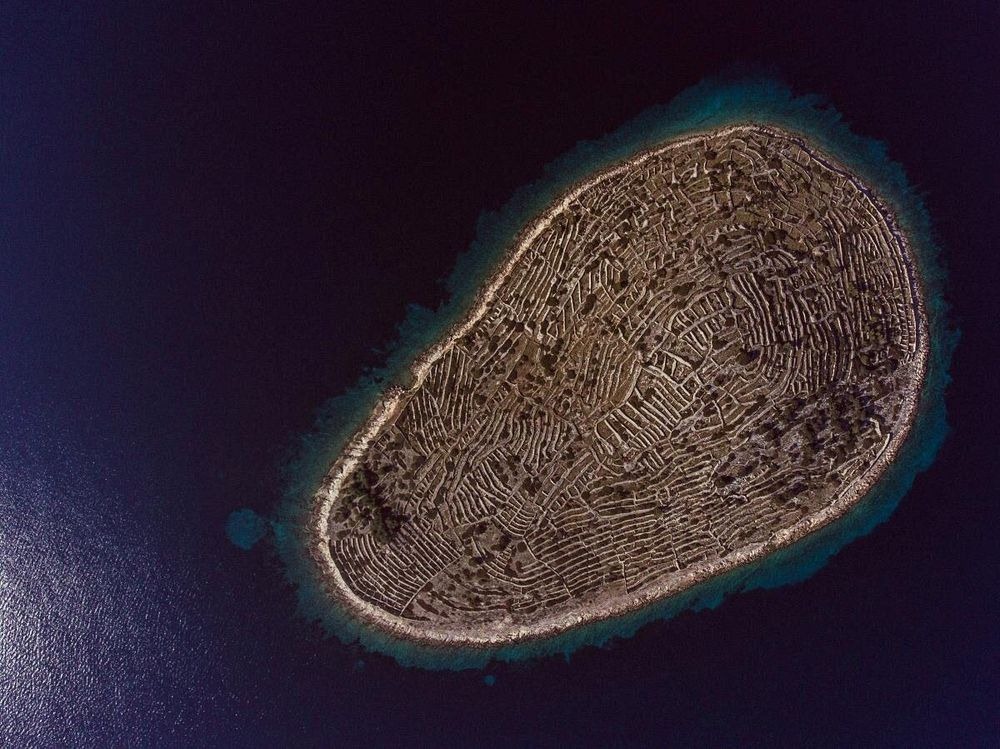
Baljenac (also Bavljenac) is a tiny Adriatic island in the Sibenik archipelago, right off the coast of Croatia. It is a half-square-mile islet completely surrounded by dry-stone walls that, when viewed from above, resemble a massive human fingerprint due to its oval form and long rows of stones that resemble papillary lines.
Many people are curious as to who “made” the Fingerprint Island. Is it a man-made phenomenon? Is it a natural occurrence? The answer is yes to both! The construction of the stone drywalls on the island, known as suhozid in Croatian, gives the island its appearance.
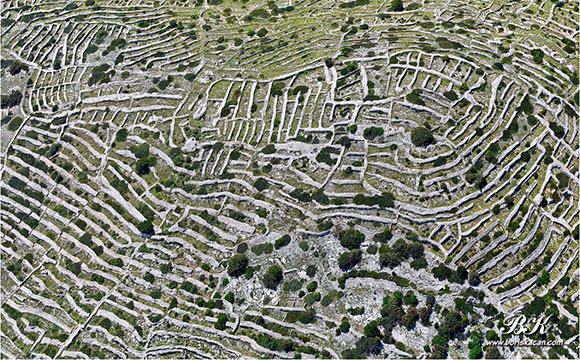
This little island off the coast of Croatia in the Adriatic Sea has received a lot of attention in recent years. This little island of 1.4 square kilometres is totally surrounded by a network of dry stone walls and is located in the Sibenik archipelago off the Dalmatian coast. The oval-shaped island of Baljenac (also written Bavljenac) looks like a big fingerprint when viewed from the air, with long lines of low cliffs mimicking skin ridges and grooves.
Baljenac is abandoned, yet it is not the only area where these extraordinary walls can be seen; much of Croatia’s countryside, as well as other western European countries like Ireland, England, and Scotland, have adopted the same technique, but this islet stands out for its beauty. Its odd natural shape and precise geometric textures, together with the breathtaking aerial perspective, make it a one-of-a-kind location, so one-of-a-kind that the Croatian government has asked UNESCO to add it to its list of world-historic sites.
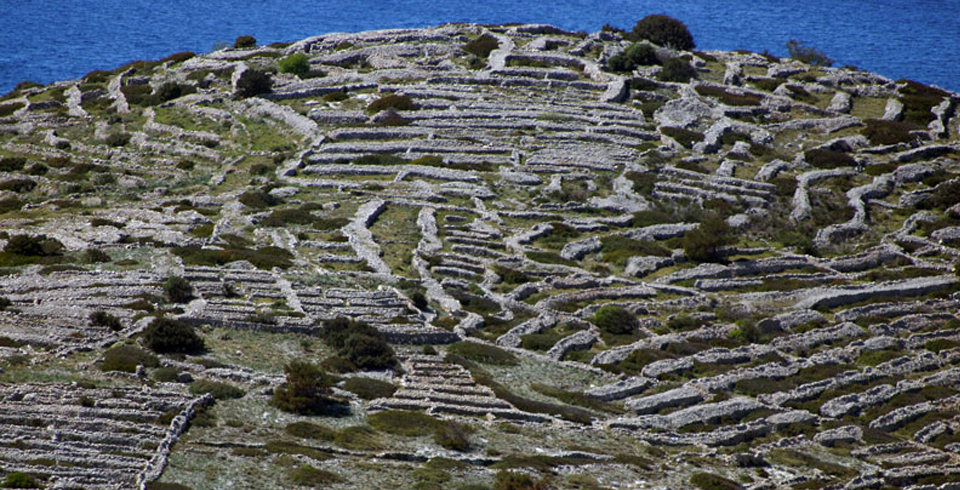
Croatia also has 14 cultural treasures on the UNESCO World Heritage List. This includes the 300-year-old Knights Tournament as well as Rovinj’s fishing tradition. Croatia has 78 major islands and approximately 500 inlets, including this one.
Baljenac isn’t the only place on the planet where these magnificent walls may be found. Low-standing walls were historically used to delineate the boundaries of farms in both Ireland and Scotland. Those countries, though, are far larger than Croatia’s little island.
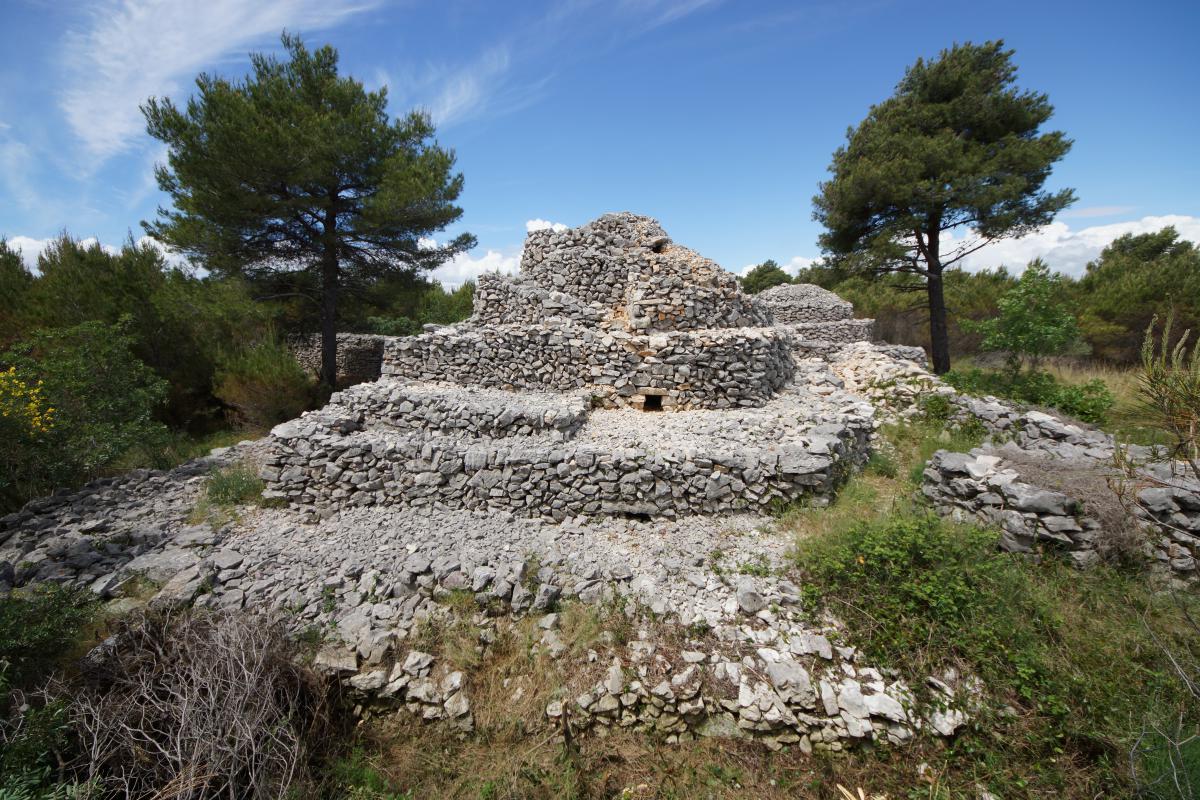
These structures have been around for generations and were once used to demarcate the borders between neighbouring agricultural plots. The stones are not held together by mortar in the construction of the walls. Builders, on the other hand, painstakingly choose stones and stack them like puzzle pieces.
The walls not only define agricultural boundaries, but they also keep out strong gusts known as “bura,” which allows for farming in exposed coastal areas. Farmers on Pag, an elongated island with the Adriatic Sea’s longest shoreline, have constructed lengthy dry stone walls with a cumulative length of nearly a thousand kilometres.
This island is definitely unlike any islands we have seen. Although small, it surely stands out the most. Since aerial images of Baljenac began to circulate on the internet, the island’s popularity has soared, as has the number of tourists visiting the region. Although the villagers appreciate visitors, others are concerned about the damage to the walls caused by rowdy tourists.
Sources:Camping, My Best Place, Amusing Planet, Interesting Engineering, Oddity Central

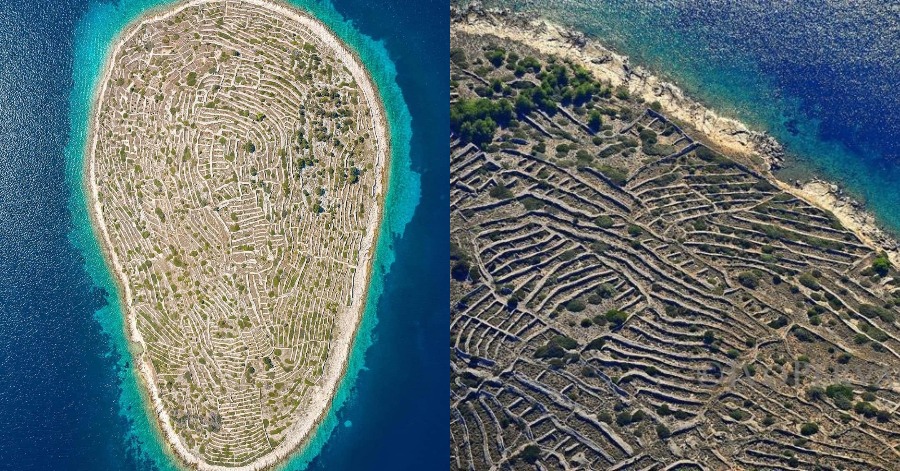


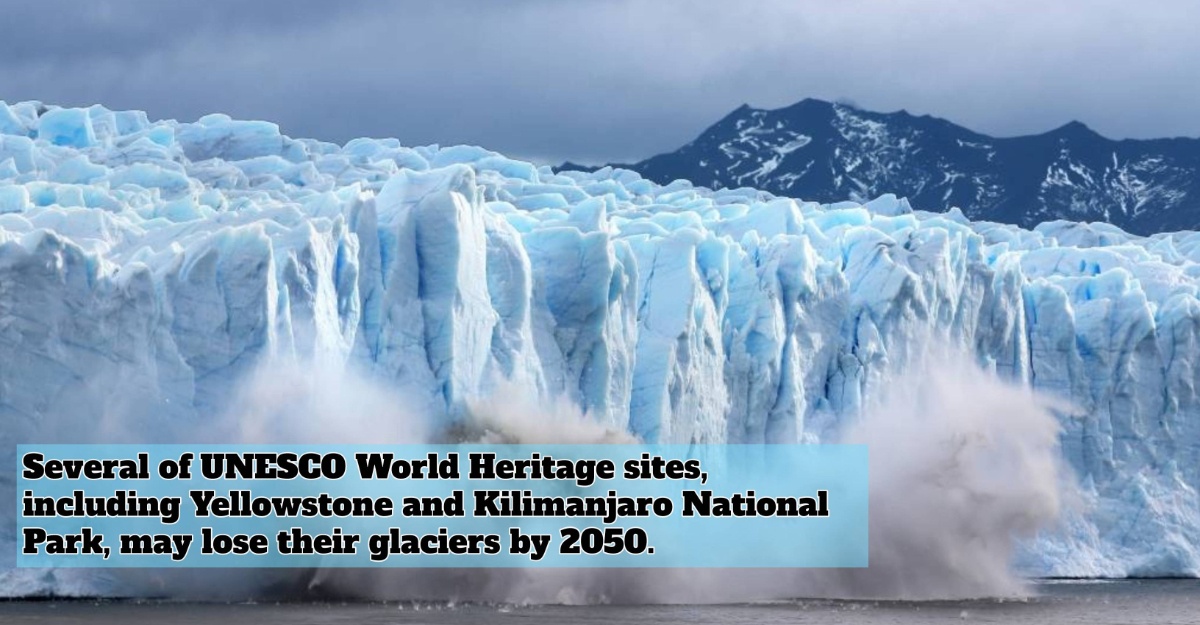

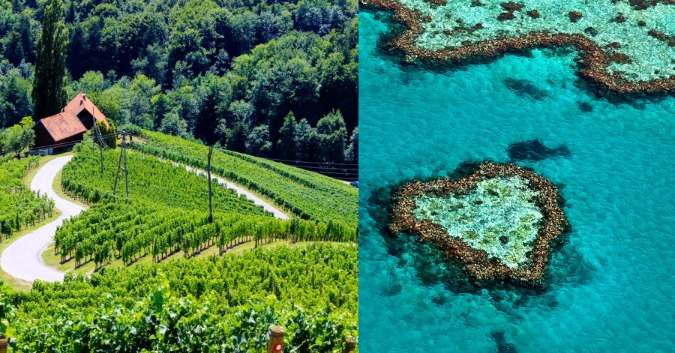
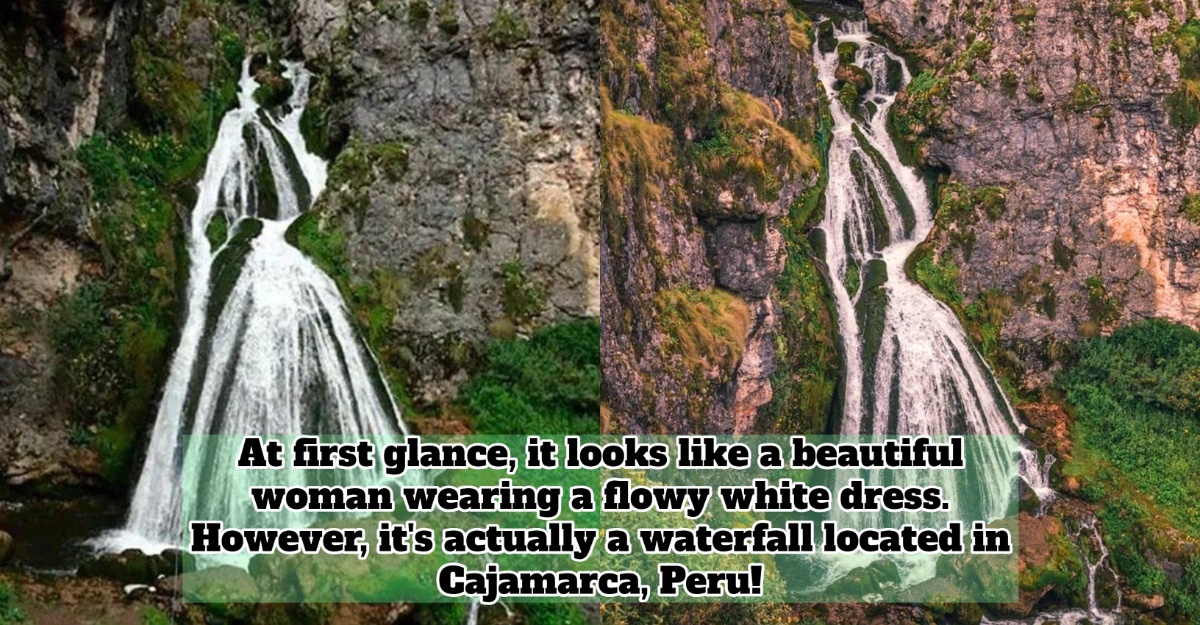

Leave a Comment